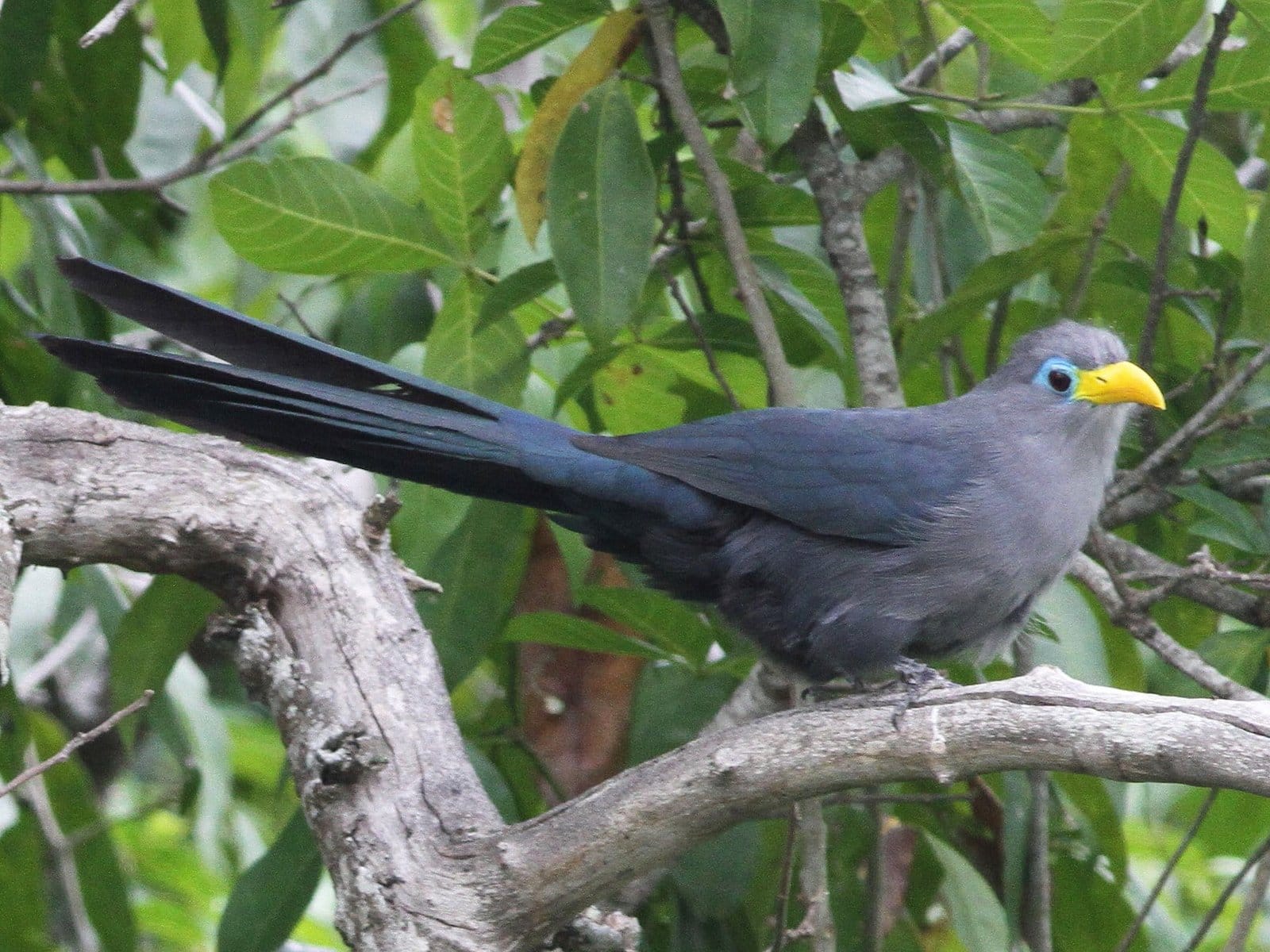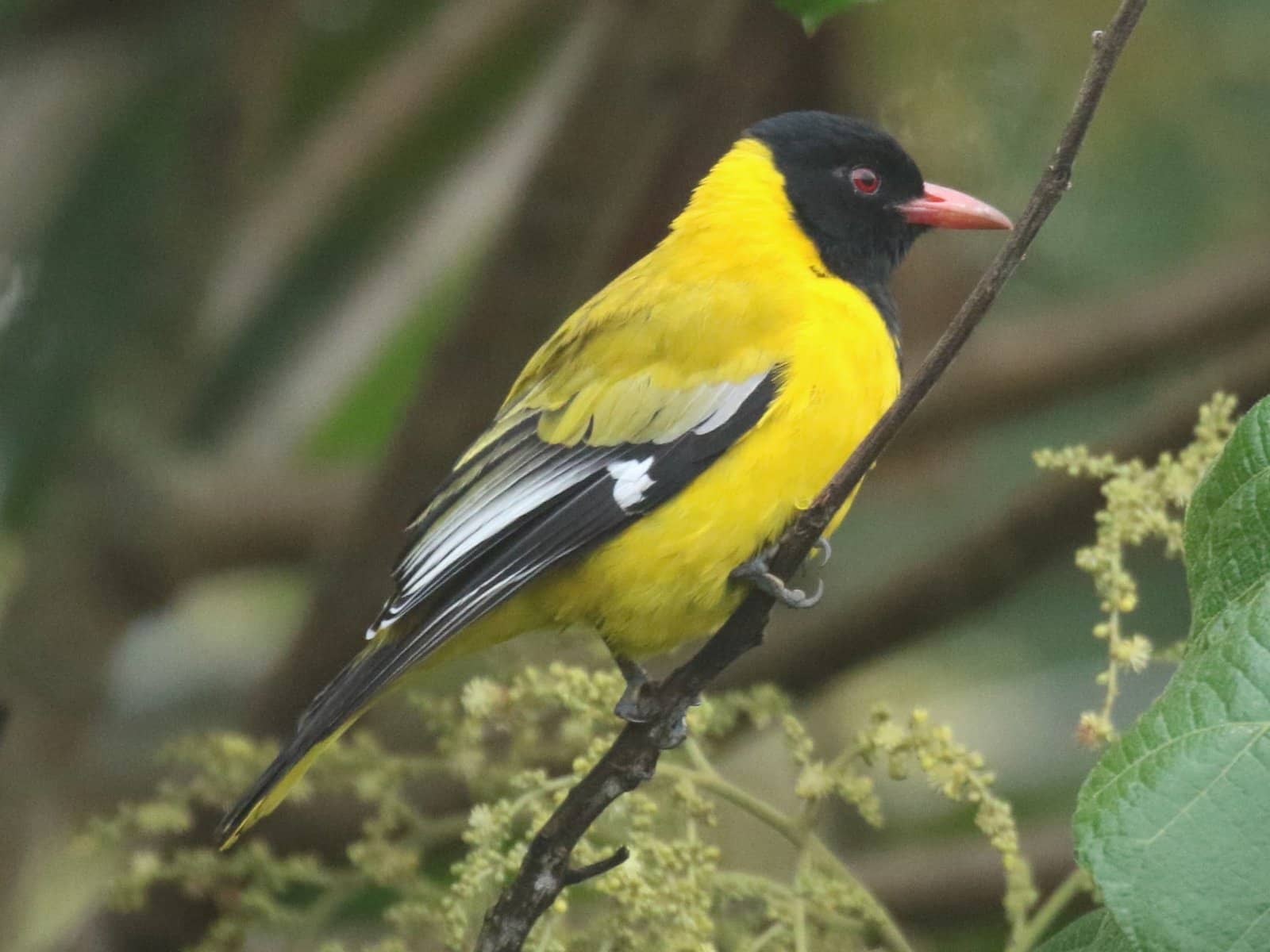Overview of the 10 Days Birding & Primates
On this 10 Days Birding & Primates, you visit some of the most popular and diverse birding locations in Uganda. The elusive shoebill stork can be found at Mabamba Wetland. Because of its tiny size, Lake Mburo offers many birds for you to observe. In addition, the expansive Queen Elizabeth is home to a wide variety of bird species.
You should discover some of the distinctive tropical forest species in Kibale National Park, and then head to the mysterious Bwindi Impenetrable Forest for world-class gorilla trekking safaris and distinctive birding opportunities. Would you want to miss out on this 10-day African safari mix of wilderness area and jungle exploration?
Overview
You visit some of the most popular and diverse birding locations in Uganda with 10 Days Uganda Primates & Savannah Birding. The elusive shoebill stork can be found at Mabamba Wetland. Because of its tiny size, Lake Mburo offers many birds for you to observe. In addition, the expansive Queen Elizabeth is home to a wide variety of bird species. You should discover some of the distinctive tropical forest species in Kibale National Park, and then head to the mysterious Bwindi Impenetrable Forest for world-class gorilla trekking safaris and distinctive birding opportunities. Would you really want to miss out on this 10-day African safari mix of wilderness area and jungle exploration?
Trip Highlights
- Birding at Mabamba
- Birding in Lake Mburo NP
- Birding in Queen Elizabeth NP
- Birding in Kibale NP
- Gorilla trekking & Birding in Bwindi
- Primate walks
Itinerary
Cost
Inclusions
- Entrance Fees
- Game Viewing
- Birding
- Gorilla permits
- A professional speaking guide
- Ground transport
- Full board accommodational
- All activities on the itinerary
Exclusions
- International Flights
- Additional accommodational before & after tour
- Tips
- Porters
- Any personal purchases like souvenirs
- Alcoholic drinks i.e. spirits, beers & wines
- Air tickets
- Visas
- Travel Insurance
FAQS
- The greatest times to visit Uganda are during its two dry seasons, which are from December to February and from June to August. During these times, the terrain is especially favorable for trekking to observe mountain gorillas and chimpanzees. The months of February and March are also favorable for observing wildlife in national parks.
- In general, early in the morning is preferable over later, but there are several restrictions. Naturally, it varies depending on the type of birding you’re doing. Hummingbirds and waterbirds are active throughout the day, hawk migration peaks in the middle to late morning, and falcons in the late afternoon.
- Avoid aiming binoculars at people, windows, or straight into yards. Always be kind and kind to non-birders you come across, and when appropriate, share your knowledge. When birding with others, be considerate of each person’s skill level, supportive, and willing to teach novices what you know.
- As of February 2023, there were 1088 verified species in Uganda’s avifauna. Three have been brought in by humans, and one of them is endemic. As specified below, three further species are speculative and are not counted.
- The Shelley’s Crimsonwing, unquestionably one of the rarest birds in the world, may be found on most birders’ bucket lists. They reside in the Albertine Rift, a narrow band of mountains and volcanoes that straddles the borders of Uganda, Rwanda, and the Democratic Republic of the Congo.
- Ostriches. The biggest living bird species is the flightless ostrich, which is native to Africa. They have long legs and a neck, giving them a striking look, and they can sprint very quickly.
Route map



















